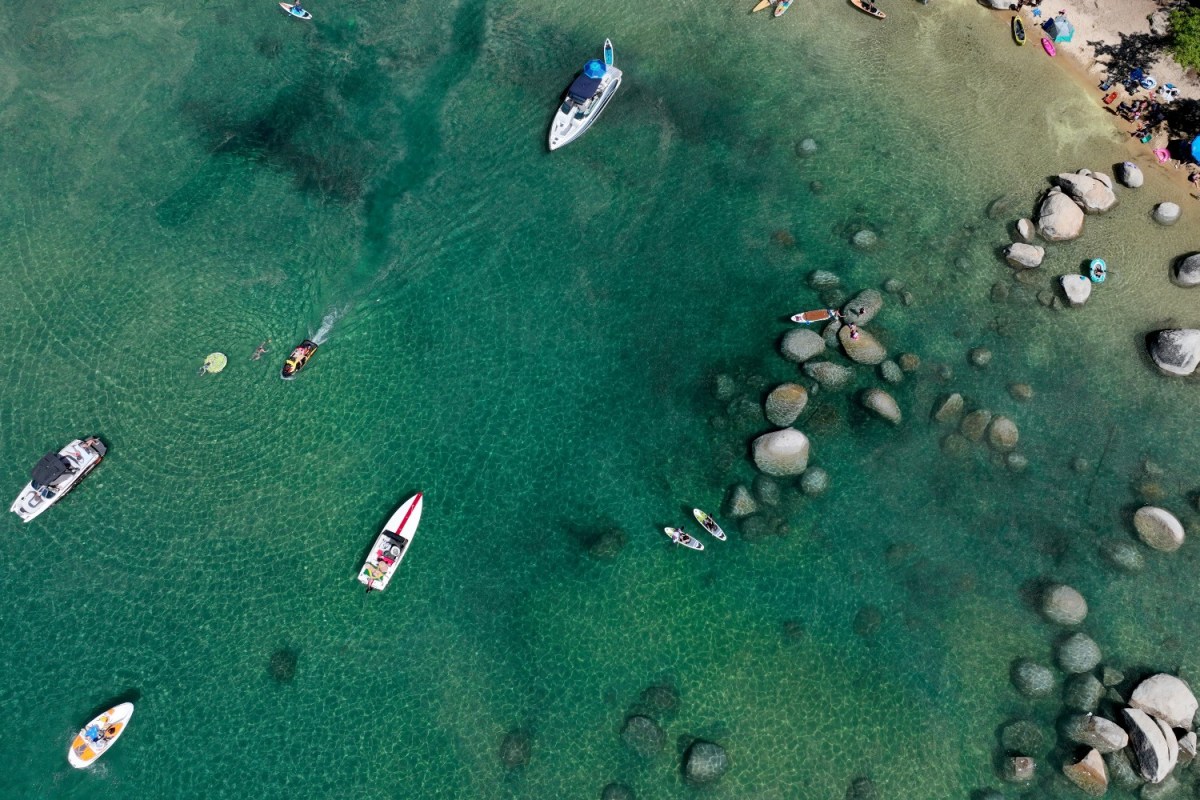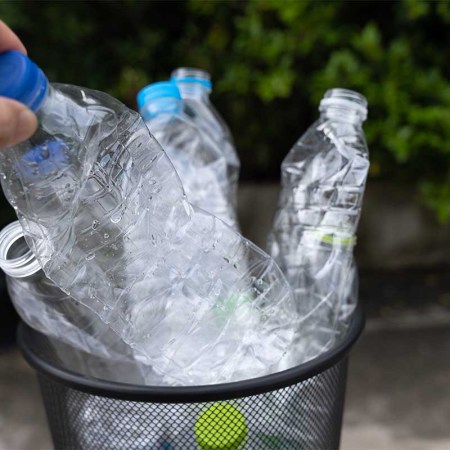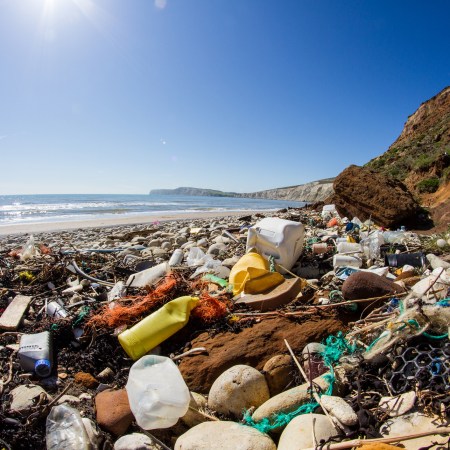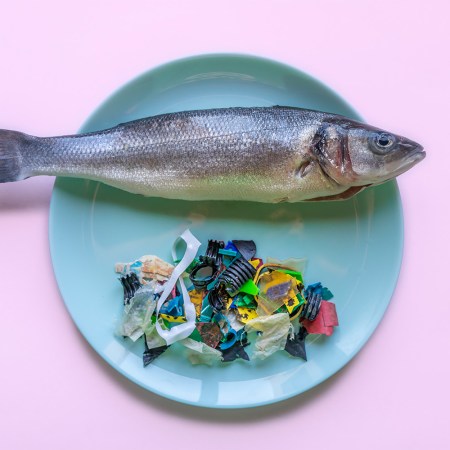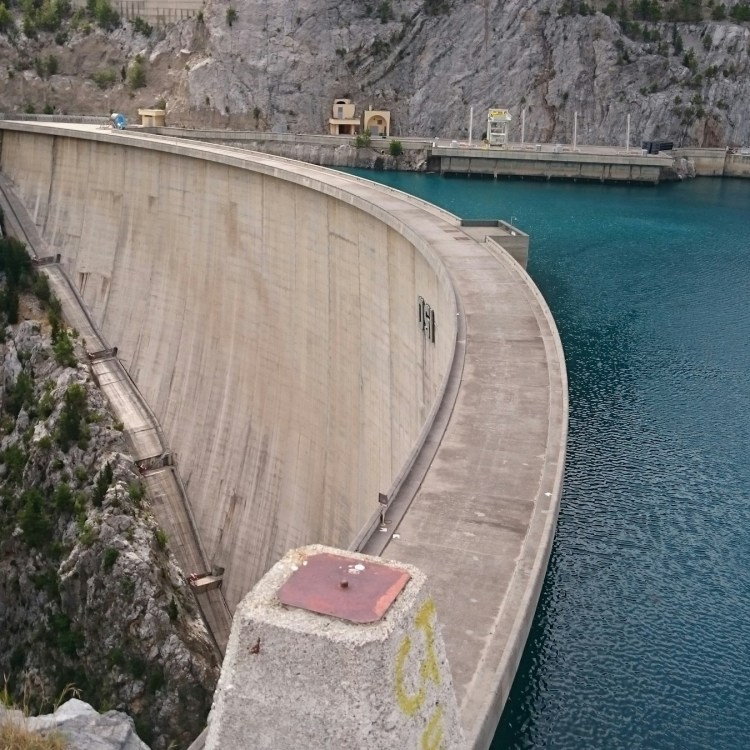Do you enjoy looking at — or swimming in — the waters of Lake Tahoe? Earlier this year brought with it the news that the lake’s water is the clearest it’s been in decades. That would be the good news. The bad news? It has to do with the levels of microplastics found there. They’re high. How high, you may ask? Higher than what can be found in many garbage patches in the middle of the world’s oceans.
That’s one of the biggest takeaways from a study published this month in Nature. As the study’s authors — led by Veronica Nava of the University of Milano-Bicocca — write, “two types of lakes are particularly vulnerable to plastic contamination: lakes and reservoirs in densely populated and urbanized areas and large lakes and reservoirs with elevated deposition areas, long water-retention times and high levels of anthropogenic influence.”
As Cari Spencer writes in the Los Angeles Times, Lake Tahoe ranked especially high in the study — it’s the lake with the third-highest level of microplastics out of the 38 covered by this research. One of the study’s co-authors, Sudeep Chandra of the University of Nevada, Reno, told the Times, that “what this study shows you is that fresh waters, including lakes and reservoirs, are important conduits of plastic.”
Oh Great, Now Microplastics Are in Arctic Ice Algae
File under: this can’t be goodAn editorial published in Nature argued that these findings — as well as those from another recent study — call for “a radical rethink of plastics production, recycling, remediation and disposal.” With scientists worried about the effects of microplastics on humans, it’s a warning that may be worth heeding.
Thanks for reading InsideHook. Sign up for our daily newsletter and be in the know.
